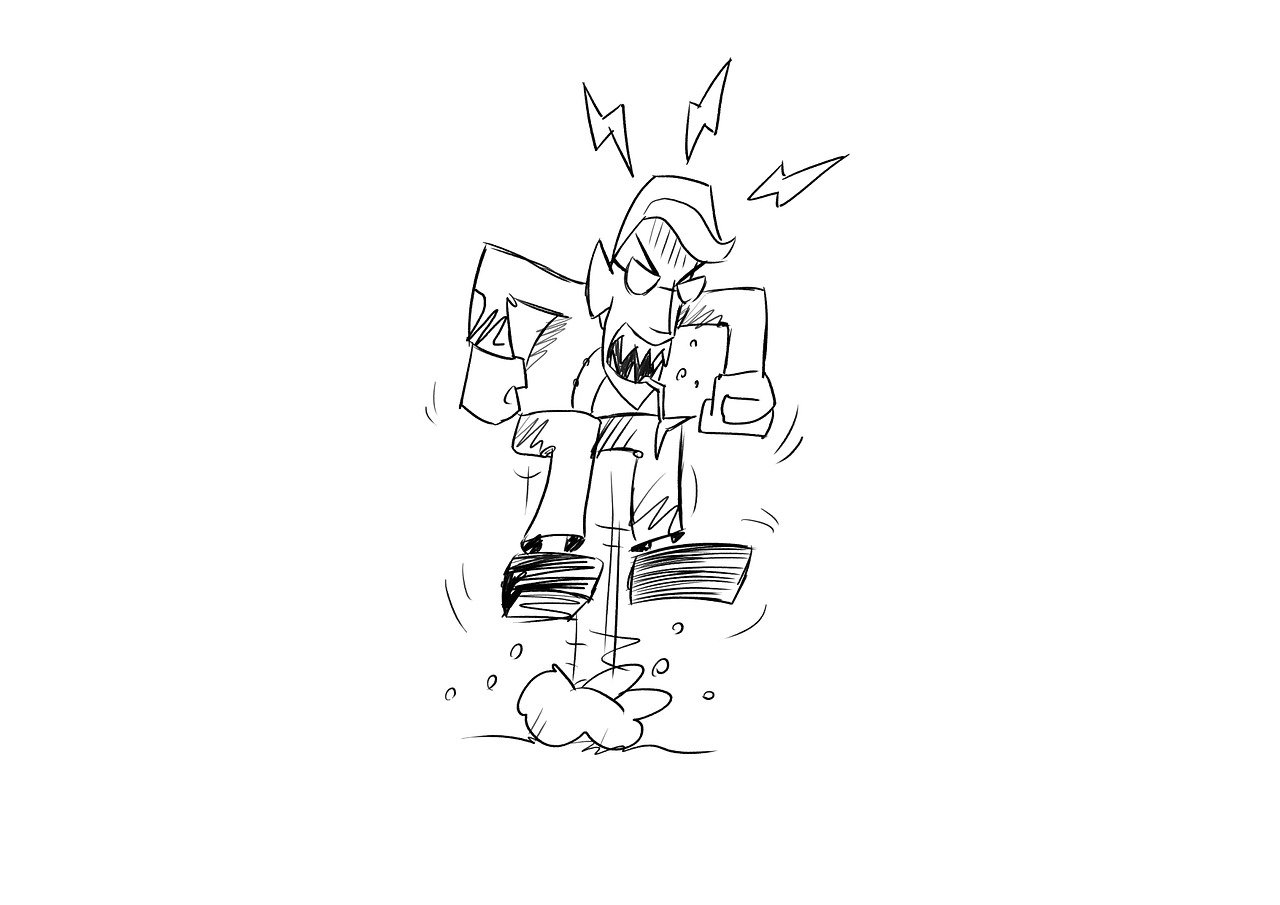Signs of Disengagement In Your Workforce
Signs of Disengagement: Low-Quality Work, Absences, Declining Morale
In workplace productivity, disengagement can be likened to a dark cloud hanging over the organization. It casts a shadow on the quality of work, causing absences and declining morale.
Employees in a state of disengagement exhibit low effort, dissatisfaction, and isolation. This lack of concern affects not only their performance but also the productivity and profitability of the company. To maintain a positive work environment, promptly identifying and addressing these signs of disengagement is imperative.
Lack of Effort and Low-Quality Work
Disengaged employees lack effort and produce low-quality work, negatively impacting job performance and overall productivity. When disengaged, employees may not make the necessary effort to complete tasks to the best of their abilities; this can result in sloppy work, errors, and decreased overall output quality.
Low-quality work not only reflects poorly on the individual employee but can also have a detrimental effect on the entire team and organization. It can lead to delays, customer dissatisfaction, and decreased profitability.
Improving productivity and enhancing employee engagement is crucial in addressing this issue. By providing clear expectations, offering training and development opportunities, and fostering a positive work environment, organizations can motivate employees to strive for excellence and produce high-quality work.
Increase in Absences or Tardiness
Employees who frequently arrive late or are absent from work may be experiencing difficulties in meeting their work schedule. This increase in absences or tardiness can hurt team dynamics and overall productivity. When employees are consistently late or absent, it can disrupt the workflow and cause frustration among team members who must pick up the slack. Additionally, it can lead to decreased morale and motivation within the team.
Organizations can implement strategies to address absenteeism, such as flexible work schedules, remote work options, and clear communication about attendance expectations. Providing support for employees facing challenges outside of work, such as offering counseling services or flexible leave policies, can also help reduce absenteeism. Furthermore, creating a positive and engaging work environment can encourage employees to be more committed and present in their roles, reducing the likelihood of frequent absences or tardiness.
Declining Work Quality
The lack of attention to detail and decreased focus on producing high-quality work can hurt overall productivity and profitability. To improve work quality and employee engagement, organizations can implement the following strategies:
- Provide clear expectations and guidelines for work quality.
- Offer regular feedback and coaching to help employees improve their work.
- Recognize and reward employees who consistently produce high-quality work.
- Encourage a collaborative work environment where employees can share ideas and best practices.
Organizations can create a culture of excellence and improve work quality by implementing these employee engagement strategies. This, in turn, can lead to increased productivity and profitability.
Organizations must prioritize employee engagement and continuously strive to improve work quality to achieve long-term success.
Vocalizing Dissatisfaction
Expressing discontentment with work, disengaged employees openly voice their dissatisfaction, which can negatively impact overall morale and engagement.
Open communication and addressing dissatisfaction are crucial for maintaining employee engagement. When employees feel comfortable expressing their concerns, it allows for a dialogue and potential solutions to be explored.
By encouraging open communication, organizations create an environment where issues can be identified and resolved, increasing job satisfaction and productivity. Addressing dissatisfaction also shows employees that their opinions and concerns are valued, fostering a sense of belonging and loyalty.
Managers should actively listen to employee feedback, provide support and resources to address concerns, and follow up to ensure improvements.
Effective communication and addressing dissatisfaction are essential for creating a positive and engaged workforce.
Isolation
Choosing to isolate themselves in the workplace, disengaged individuals opt out of conversations and interactions, leading to a sense of invisibility and diminished job satisfaction. Feeling invisible, they withdraw from team activities and avoid participating in group projects or social gatherings.
This lack of engagement in team activities can negatively impact group productivity. The individuals may miss important information, collaboration opportunities, and the chance to contribute their ideas and expertise.
This isolation also affects their sense of belonging and connection with their colleagues, worsening their job satisfaction. To address this issue, organizations must create a supportive and inclusive work environment where employees feel valued and encouraged to participate in team activities.
Lack of Creativity, Innovation, or Input
Opting for familiar and routine tasks, disengaged employees stifle their creativity and innovation, hindering the overall growth and progress of the organization.
Employee disengagement has a significant impact on the growth of an organization. When employees become disengaged, they retreat to familiar and routine tasks, limiting their ability to think outside the box and develop innovative ideas. This lack of creativity and innovation can harm the organization’s ability to adapt to changing market conditions and stay ahead of the competition.
Moreover, disengaged employees also refrain from offering input or suggestions, further stifling the organization’s potential for growth.
To mitigate the impact of employee disengagement, organizations should prioritize creating a culture that encourages and rewards creativity, innovation, and employee input, fostering an environment where employees feel empowered and motivated to contribute their ideas.
Negative Impact on Job Performance
The negative impact of disengagement on job performance can have significant consequences for both the employee and the organization.
When employees are disengaged, their lack of motivation and concern often leads to low-quality work. This can result in decreased productivity and profitability for the company. Actively disengaged employees cost businesses $7.8 trillion in lost productivity.
Additionally, disengaged employees may exhibit increased absences or tardiness, which can be attributed to mental health issues. This absenteeism, coupled with declining work quality, further impacts overall productivity.
Disengaged employees may also vocalize their dissatisfaction with their work, creating a negative attitude that can spread to other employees and affect overall morale and engagement.
Furthermore, disengagement can lead to workplace isolation, as employees opt out of conversations and interactions. This feeling of being ignored or invisible can significantly impact job satisfaction.
Lastly, disengaged employees often lack creativity, innovation, or input, as they become silent and unresponsive. This hinders the growth and progress of the organization as employees retreat to familiar and routine tasks.
Overall, the negative consequences of disengagement on job performance are far-reaching and should be addressed proactively.
Higher Rates of Mental Health Issues
Disengaged employees often experience higher rates of mental health issues, such as anxiety and depression. This significantly impacts their well-being and ability to perform effectively in the workplace.
Here are four key ways in which mental health impacts employee well-being:
- Decreased job satisfaction: Disengaged employees are likelier to feel unhappy and dissatisfied with their work, leading to increased stress and anxiety.
Reduced productivity: Mental health issues can hinder concentration and motivation, decreasing productivity and performance.
Increased absenteeism: Disengaged employees may take more sick days or time off due to mental health struggles, further affecting their ability to contribute to the organization.
Hostile work environment: Employees experiencing mental health issues may exhibit negative behaviors, impacting team dynamics and overall morale.
Addressing mental health impacts promotes employee well-being and fosters a positive work environment.
Decreased Focus on Producing High-Quality Work
In addition to the higher rates of mental health issues among disengaged employees, another significant sign of disengagement is a decreased focus on producing high-quality work.
When employees are disengaged, they tend to pay less attention to detail and prioritize completing tasks rather than ensuring the quality of their work. This lack of awareness can lead to a decline in the overall work quality, negatively affecting the organization.
On the other hand, high employee engagement is linked to increased profits and sales productivity. Actively disengaged employees, however, contribute to reduced yields and turnover. Therefore, organizations must address this issue and find ways to re-engage their employees to ensure the production of high-quality work.
Self-Imposed Isolation in the Workplace
Choosing to isolate themselves in the workplace, disengaged employees opt out of conversations and interactions. This negatively impacts their job satisfaction and overall engagement. Feeling ignored and disconnected, these employees withdraw from collaborative efforts and fail to contribute to the team.
Their lack of collaboration hinders the flow of ideas and stifles innovation within the organization. Without the exchange of diverse perspectives and input, the organization may struggle to find creative solutions to problems or adapt to changing circumstances.
Moreover, disengaged employees who isolate themselves often miss opportunities for recognition and growth. This further dampens their motivation and satisfaction. Ultimately, the lack of collaboration and interaction caused by self-imposed isolation compounds the adverse effects of disengagement, contributing to a decline in overall productivity and organizational success.







